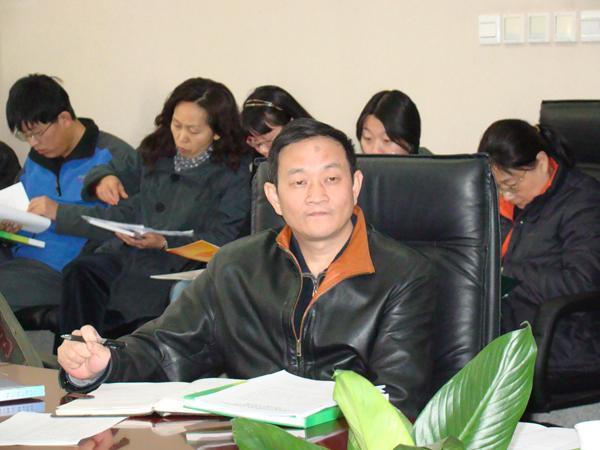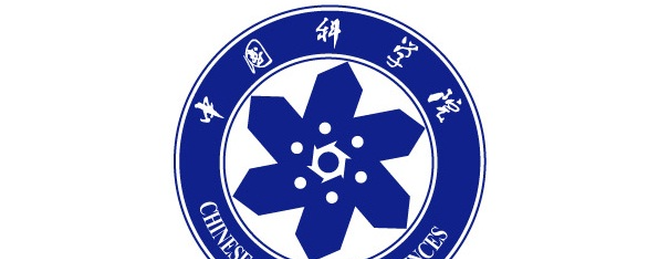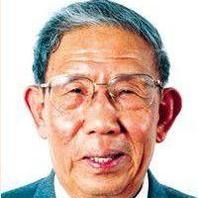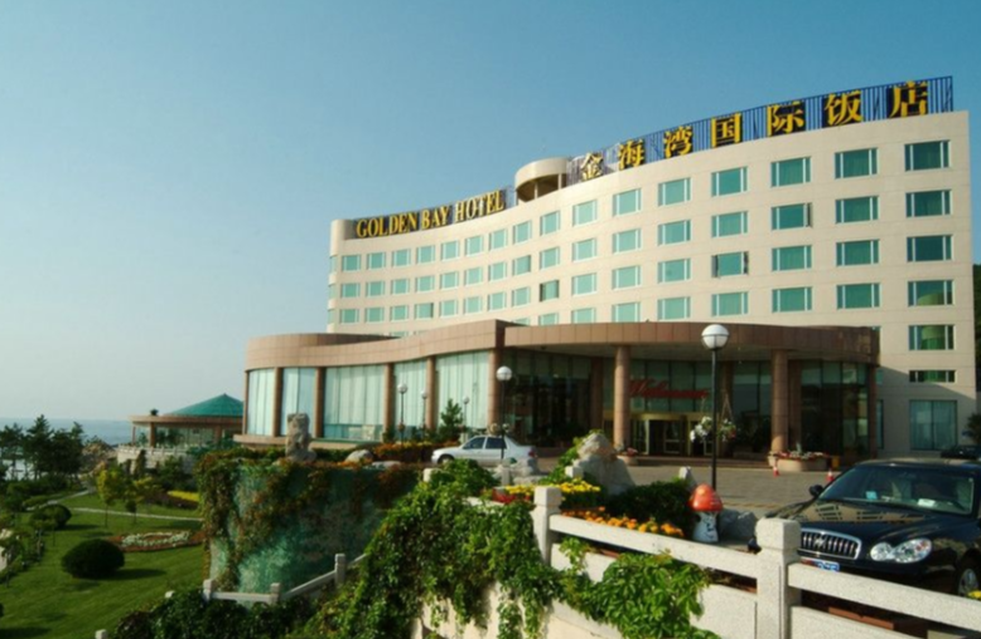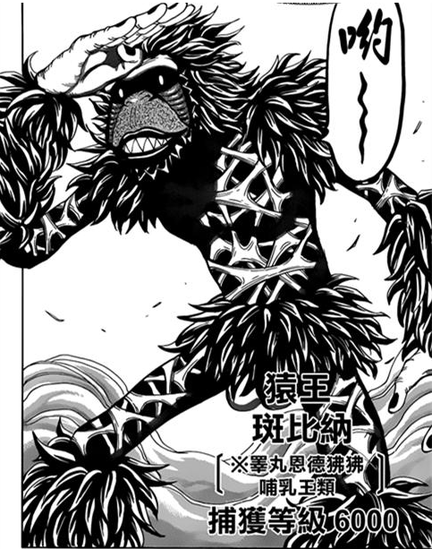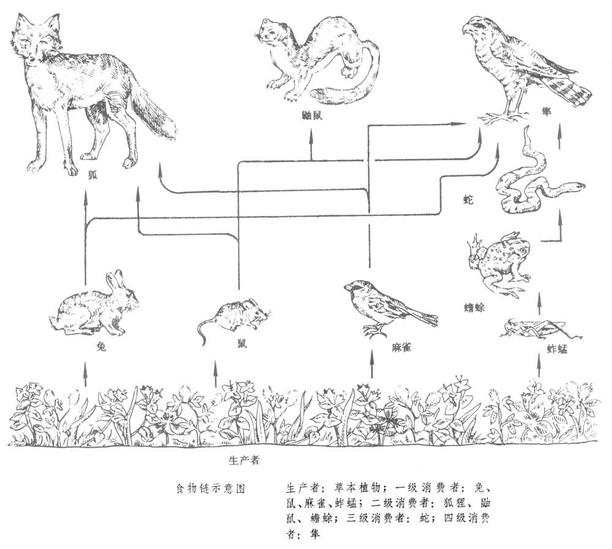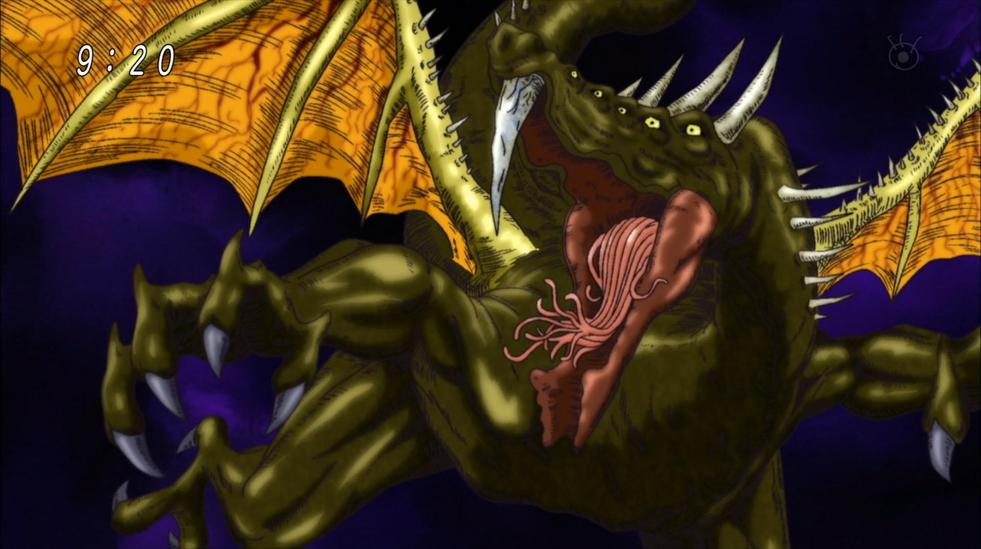先后主持完成国家杰出青年基金、国际重大合作项目、国家基金重点项目、中国科学院知识创新重要方向性项目等,带领团队在Nature Genetics, PNAS, Current Biology, Molecular Biology and Evolution, Molecular Ecology, Conservation Biology, Molecular Phylogenetics and Evolution,Journal of Mammalogy, Biology Letter, Journal of Wildlife Management等刊物发表论文60多篇。2006年有关大熊猫分子生态学的研究成果在Current Biology上作为封面文章发表,Nature、Science等著名杂志和Discovery频道、BBC、路透社等多家知名媒体均在显要位置发表相关的评论和报道,并入选2006年度美国Discover杂志12大生物科技新闻;2007年在Molecular Biology and Evolution上发表有关大熊猫是否走到进化尽头的文章再次引起媒体的广泛关注,入选“2007年度中国基础研究十大新闻”。2010年,有关小相岭山系大熊猫栖息地丧失与破碎化对该地区大熊猫种群生存威胁的文章发表在Conservation Biology上,Science在Random Samples栏目发表了“野生熊猫的希望”文章,对该项工作进行了报道和评价。2011年,有关大熊猫肠道菌群帮助消化纤维素和半纤维素的工作在PNAS上,Nature等媒体对此做了报道和评价;大熊猫喜欢原始林的研究成果发表在Biology Letters,引起Nature和Science等媒体的高度关注。2012年,应邀在Molecular Ecology撰写大熊猫遗传学研究综述。2013年,利用种群基因组学方法揭示了大熊猫种群历史和适应相关成果,在Nature Genetics上以封面文章发表,Science Daily等媒体进行了报道。 1.Hu YB, Wu Q, Ma S, Ma TX, Shan L, Wang X, Nie YG, Ning ZM, Yan L, Xiu YF, Wei FW*. 2017. Comparative genomics reveals convergent evolution between the bamboo-eating giant and red pandas.Proceedings of the National Academy of Sciences of the United States of America, 114(5):1081–1086.
2.Nie YG, Speakman JR, Wu Q, Zhang CL, Hu YB, Xia MH, Yan L, Hambly C, Wang L, Wei W, Zhang JG, Wei FW*. 2015. Exceptionally low daily energy expenditure in the bamboo-eating giant panda. Science, 349(6244):171-174.
3. Wei FW*, Wang X, Wu Q. 2015. The giant panda gut microbiome. 2015.Trends in Microbiology, 23(8):450-452.
4. Wei FW*, Swaisgood RR, Hu YB, Nie YG, Yan L, Zhang ZJ, Qi DW, Zhu LF. 2015. Progress in the ecology and conservation of giant pandas.Conservation Biology, DOI: 10.1111/cobi.12582.
5. Wei FW*, Hu YB, Yan L, Nie YG, Wu Q, Zhang ZJ. 2014. Giant pandas are not an evolutionary cul-de-sac: evidence from multidisciplinary research.Molecular Biology and Evolution, doi: 10.1093/molbev/msu278. 6.Shan L, Hu YB, Zhu LF, Yan L, Wang CD, Li DS, Jin XL, Zhang CL, Wei FW*. 2014. Large-scale genetic survey provides insights into the captive management and reintroduction of giant pandas.Molecular Biology and Evolution,31:2663-26.
7.Nie YG, Zhang ZJ, Raubenheimer D, Elser J, Wei W, Wei FW*. 2014. Obligate herbivory in an ancestrally carnivorous lineage: the giant panda and bamboo from the perspective of nutritional geometry.Functional Ecology,doi: 10.1111/1365-2435.12302.
8.Zhang L, Wu Q, Hu YB, Wu H, Wei FW*. 2014. Major histocompatibility complex alleles associated with parasite susceptibility in wild giant pandas. Heredity, doi:10.1038/hdy.2014.73. 9.Wu Q, Zheng PP, Hu YB, Wei FW*. 2014. Genome-scale analysis of demographic history and adaptive selection.Protein Cell, 5:99-112.
10.Zhu LF, Hu YB, Qi DW, Wu H, Zhan XJ, Zhang ZJ, Bruford MW, Wang JL, Yang XY, Gu XD, Zhang L, Zhang BW, Zhang SN, Wei FW*. 2013. Genetic consequences of historical anthropogenic and ecological events on giant pandas. Ecology, 94: 2346-2357.
11.Zhao SC, Zheng PP, Dong SS, Zhan XJ, Wu Q, Guo XS, Hu YB, He WM, Zhang SN, Fan W, Zhu LF, Li D, Zhang XM, Chen Q, Zhang HM, Zhang ZH, Jin XL, Zhang JG, Yang HM, Wang J, Wang J, Wei FW*. 2013. Whole genome sequencing of giant pandas provides insights into demographic history and local adaptation.Nature Genetics, 45:67-71. 12.Zhu LF, Wu Q, Dai JY, Zhang SN, Wei FW*. 2011. Evidence of cellulose metabolism by the giant panda gut microbiome.Proceedings of the National Academy of Sciences of the United States of America, 108(43): 17714-17719.
13.Zhan XJ, Li M, Zhang ZJ, Goossens B, Chen YP, Wang HJ, Bruford MW, Wei FW*. 2006. Molecular censusing doubles giant panda population estimate in a key nature reserve.Current Biology, 16: R451-452.
14.Zhang BW, Li M, Zhang ZJ, Goossens B, Zhu LF, Zhang SN, Hu JC, Bruford MW, Wei FW*. 2007. Genetic viability and population history of the giant panda, putting an end to the evolutionary dead end?Molecular Biology and Evolution, 24:1801–1810.
15. Wei FW*, Hu YB, Zhu LF, Bruford MW, Zhan XJ, Zhang L. 2012. Black and white and read all over: the past, present and future of giant panda genetics.Molecular Ecology, 21:5660-5674. 16.Zhu LF, Zhang SN, Gu XD, Wei FW*. 2011. Significant genetic boundaries and spatial dynamics of giant pandas occupying fragmented habitat across southwest China.Molecular Ecology, 20:1122–1132.
17.Hu YB, Guo Y, Qi DW, Zhan XJ, Wu H, Bruford MW, Wei FW*. 2011. Genetic structuring and recent demographic history of red pandas (Ailurus fulgens) inferred from microsatellite and mitochondrial DNA.Molecular Ecology, 20: 2662–2675.
18.Zhan XJ, Zhang ZJ, Wu H, Goossens B, Li M, Jiang SW, Bruford MW, Wei FW*. 2007. Molecular analysis of dispersal in giant pandas.Molecular Ecology, 16:3792-3800.
19.Zhu LF, Zhan XJ, Wu H, Zhang SN, Meng T, Bruford MW, Wei FW*. 2010. Drastic reduction of the smallest and most isolated giant panda population: implications for conservation.Conservation Biology, 24: 1299–1306.
20.Li RQ, Fan W, Tian G, Zhu HM, He L, Cai J,…..., Wei FW,……Wang J, Wang J. 2010. The sequence and de novo assembly of the giant panda genome.Nature, 463:311-317.
21.Nie YG, Swaisgood RR, Zhang ZJ, Hu YB, Ma YS, Wei FW*. 2012. Giant panda scent-marking strategies in the wild: role of season, sex and marking surface.Animal Behaviour, 84:39-44.
22.Nie YG, Swaisgood R, Zhang ZJ, Liu XB, Wei FW*.2012. Reproductive competition and fecal testosterone in wild male giant pandas (Ailuropoda melanoleuca).Behavioral Ecology and Sociobiology, 66:721-730.
23.Nie YG, Zhang ZJ, R. Swisgood, Wei FW*. 2012. Effects of season and social interaction on fecal testosterone metabolites in wild male giant pandas: implications for energetics and mating strategies.European Journal of Wildlife Research, 58(1):235-241.
24.Qi DW, Zhang ZJ, Hu YB, Yang XY, Wang HJ, Wei FW*. 2012. Measures of giant panda habitat selection across multiple spatial scales for species conservation.Journal of Wildlife Management, 76:1092-1100.
25.Qi DW, Hu YB, Gu XD, Yang XY, Yang G, Wei FW*. 2012. Quantifying landscape linkages among giant panda subpopulations in regional scale conservation.Integrative Zoology, 7:165-174.
26.Zhang L, Yang XY, Wu H, Gu XD, Hu YB, Wei FW*. 2011. The parasites of giant pandas: individual-based measurement in wild animals.Journal of Wildlife Diseases, 47:164-71.
27.Guo Y, Hu YB, Qi DW, Zhan XJ, Bruford MW, Wei FW*. 2011 Genotyping faeces of red pandas (Ailurus fulgens): implications for population estimation.European Journal of Wildlife Research, 57:1231–1235.
28.Zhang ZJ, Swaisgood R, Zhang SN, Nordstrom LA, Wang HJ, Gu XD, Hu JC, Wei FW*. 2011. Old-growth forest is what giant pandas really need.Biology Letters, 7: 403-406.
29.Qi DW, Zhang SN, Zhang ZJ, YB Hu, Yang XY, Wang HJ, Wei FW*. 2011. Different habitat preferences of male and female giant pandas.Journal of Zoology, London, 285:205-214.
30.Zhu LF, Zhan XJ, Meng T, Zhang SN, Wei FW*. 2010. Landscape features influence gene flow as measured by cost-distance and genetic analyses: a case study for giant pandas in the Daxiangling and Xiaoxiangling Mountains.BMC Genetics, 11:72.
31.Hu YB, Qi DW, Wang HJ, Wei FW*. 2010. Genetic evidence of recent population contraction in the southernmost population of giant pandas.Genetica, 138:1297–1306.
32.Hu YB, Zhan XJ, Qi DW, Wei FW*. 2010. Spatial genetic structure and dispersal of giant pandas on a mountain-range scale.Conservation Genetics, 11:2145-2155.
33.Swaisgood RR, Wei FW, Wildt DE, Kouba AJ, Zhang ZJ. 2010. Giant panda conservation science: How far we have come.Biology Letters, 6:143-145.
34.Feng TT, Van Manen FT, Zhao NX, Li M, Wei FW*. 2009. Habitat assessment for giant pandas in the Qinling mountain region of China.Journal of Wildlife Management, 73:852–858.
35.Zhang ZJ, Zhan XJ, Yan L, Li M, Hu JC, Wei FW*. 2009. What determines selection and abandonment of a foraging patch by wild giant pandas (Ailuropoda melanoleuca) in winter?Environmental Science and Pollution Research, 16:79-84.
36.Qi DW, Hu YB, Gu XD, Li M, Wei FW. 2009. Ecological niche modeling of the sympatric giant and red pandas on a mountain-range scale.Biodiversity and Conservation, 18:2127–2141.
37.Zhan XJ, Zheng XD, Bruford BW, Wei FW, Tao Y. 2009. A new method for quantifying genotyping errors for noninvasive genetic studies.Conservation Genetics, 11:1567-1571.
38.Zhan XJ, Tao Y., Li M, Zhang ZJ, Goossens B, Chen YP, Wang HJ, Bruford MW, Wei FW. 2009. Accurate population size estimates are vital parameters for conserving the giant panda.Ursus, 20:56-62.
39.Wu H, Zhan XJ, Zhang ZJ, Zhu LF, Yan L, Li M, Wei FW*. 2009. Thirty-three microsatellite loci for noninvasive genetic studies of the giant panda (Ailuropoda melanoleuca).Conservation Genetics, 10:649-652.
40.Zhang ZJ, Swaisgood RR, Wu H, Li M, Yong YG, Hu JC, Wei FW. 2007. Factors predicting den use by maternal giant pandas.Journal of Wildlife Management, 71:2694–2698.
41.Zhang SN, Pan RL, Li M, Oxnard C, Wei FW*. 2007. Mandible of the giant panda (Ailuropoda melanoleuca) compared with other Chinese carnivores: functional adaptation.Biological Journal of the Linnean Society, 92:449-456.
42.Zhang ZJ, Wei FW, Li M, Hu JC. 2006. Winter microhabitat separation between giant and red pandas inBashania faberibamboo forest in Fengtongzhai Nature Reserve.Journal of Wildlife Management, 70:231-235.
43.Zhang BW, Li M, Ma LC, Wei FW*. 2006. A widely applicable protocol for DNA isolation from fecal samples.Biochemical Genetics, 44:503-511. 



